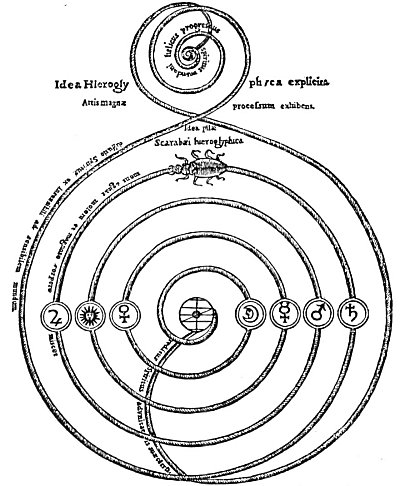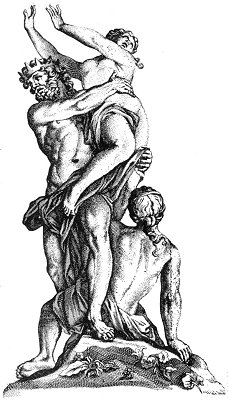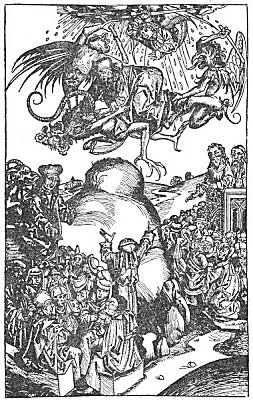Beautiful symmetrical forms were assigned to all natural benevolent conditions or powers, but to unnatural or malevolent powers were assigned contorted and abnormal figures. The Evil One was either hideously deformed or else of the nature of certain despised animals. A popular superstition during the Middle Ages held that the Devil had the feet of a rooster, while the Egyptians assigned to Typhon (Devil) the body of a hog.
The habits of the insects were carefully studied. Therefore the ant was looked upon as emblematic of industry and foresight, as it stored up supplies for the winter and also had strength to move objects many times its own weight. The locusts which swept down in clouds, and in some parts of Africa and Asia obscured the sun and destroyed every green thing, were considered fit emblems of passion, disease, hate, and strife; for these emotions destroy all that is good in the soul of man and leave a barren desert behind them. In the folklore of various nations, certain insects are given special significance, but the ones which have received world-wide veneration and consideration ate the scarab, the king of the insect kingdom; the scorpion, the great betrayer; the butterfly, the emblem of metamorphosis; and the bee, the symbol of industry.
The Egyptian scarab is one of the most remarkable symbolic figures ever conceived by the mind of man. It was evolved by the erudition of the priestcraft from a simple insect which, because of its peculiar habits and appearance, properly symbolized the strength of the body, the resurrection of the soul, and the Eternal and Incomprehensible Creator in His aspect as Lord of the Sun. E. A. Wallis Budge says, in effect, of the worship of the scarab by the Egyptians:
“Yet another view held in primitive times was that the sky was a vast meadow over which a huge beetle crawled, pushing the disk of the sun before him. This beetle was the Sky-god, and, arguing from the example of the beetle (Scarabæus sacer), which was observed to roll along with its hind legs a ball that was believed to contain its eggs, the early Egyptians thought that the ball of the Sky-god contained his egg and that the sun was his offspring. Thanks, however, to the investigations of the eminent entomologist, Monsieur J. H. Fabre, we now know that the ball which the Scarabæus sacer rolls along contains not its eggs, but dung that is to serve as food for its egg, which it lays in a carefully prepared place.”
Initiates of the Egyptian Mysteries were sometimes called scarabs; again, lions and panthers. The scarab was the emissary of the sun, symbolizing light, truth, and regeneration. Stone scarabs, called heart scarabs, about three inches long, were placed in the heart cavity of the dead when that organ was removed to be embalmed separately as part of the process of mummifying. Some maintain that the stone beetles were merely wrapped in the winding cloths at the time of preparing the body for eternal preservation. The following passage concerning this appears in the great Egyptian book of initiation, The Book of the Dead: “And behold, thou shalt make a scarab of green stone, which shalt be placed in the breast of a man, and it shall perform for him, ‘the opening of the mouth.'” The funeral rites of many nations bear a striking resemblance to the initiatory ceremonies of their Mysteries.
Ra, the god of the sun, had three important aspects. As the Creator of the universe he was symbolized by the head of a scarab and was called Khepera, which signified the resurrection of the soul and a new life at the end of the mortal span. The mummy cases of the Egyptian dead were nearly always ornamented with scarabs. Usually one of these beetles, with outspread wings, was painted on the mummy case directly over the breast of the dead. The finding of such great numbers of small stone scarabs indicates that they were a favorite article of adornment among the Egyptians. Because of its relationship to the sun, the scarab symbolized the divine part of man’s nature. The fact that its beautiful wings were concealed under its glossy shell typified the winged soul of man hidden within its earthly sheath. The Egyptian soldiers were given the scarab as their special symbol because the ancients believed that these creatures were all of the male sex and consequently appropriate emblems of virility, strength, and courage.

Moe is the founder of GnosticWarrior.com. He is a father, husband, author, martial arts black belt, and an expert in Gnosticism, the occult, and esotericism.

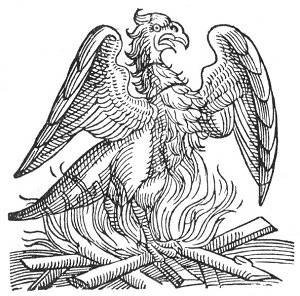
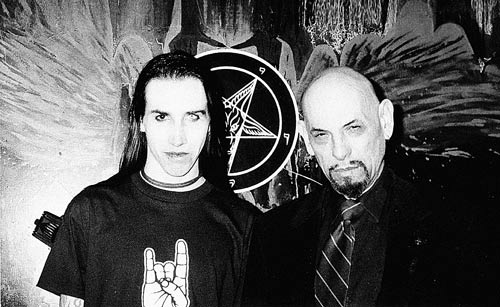


![How a little boy, dying in the same monastery, called upon a virgin that was to follow him; and how another nun, at the point of leaving her body, saw some small part of the future glory [675 A. D.?] | Book 4 | Chapter 8 How a little boy, dying in the same monastery, called upon a virgin that was to follow him; and how another nun, at the point of leaving her body, saw some small part of the future glory [675 A. D.?] | Book 4 | Chapter 8](https://www.gnosticwarrior.com/wp-content/plugins/contextual-related-posts/default.png)
